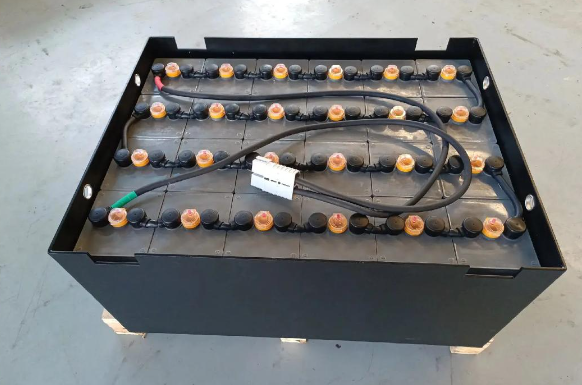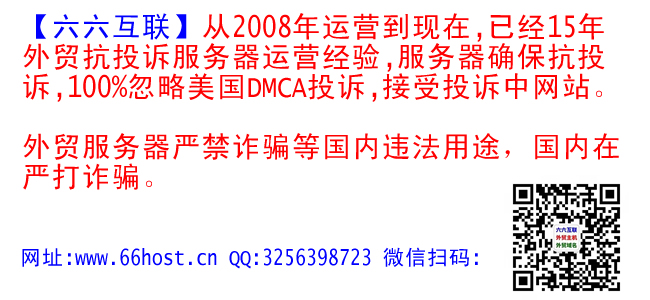1. Maintain a suitable ambient temperature
Generally speaking, the factor that affects the life of UPS batteries is ambient temperature. The optimal ambient temperature required by general battery manufacturers is between 20-25℃. Although the batteries used for UPS power supplies are generally maintenance-free sealed lead-acid batteries, the design life is generally 5 years, which can only be achieved under the environment required by the battery manufacturer. If the prescribed environmental requirements are not met, the length of its life span varies greatly. In addition, the increase in ambient temperature will accelerate the shortening of the life of the UPS battery.
2. Regular charging and discharging
The floating charge voltage and discharge voltage in the UPS power supply have been debugged to the rated value when leaving the factory, and the discharge current is newly added as the load increases. The load should be adjusted reasonably during use, such as controlling electronics such as microcomputers. Number of devices used. Generally speaking, the load should not exceed 60% of the rated load of the UPS. Within this range, the discharge current of the UPS battery will not be overdischarged.

Because UPS is connected to the mains for a long time, in the use environment where the power supply quality is high and there are few power outages in the mains, the battery will be in a floating state for a long time. Over time, it will lead to the reduction of the activity of the battery's chemical energy and electrical energy conversion, and accelerate the aging. Shorten service life. Therefore, generally, the discharge should be completely discharged every 2-3 months, and the discharge time can be determined based on the capacity and load size of the battery. After one full load discharge is completed, charge it for more than 8 hours as required.
3. Replace waste/bad batteries in time
Currently, the number of batteries equipped with large and medium-sized UPS power supplies ranges from 3 to 96, and even more. These individual batteries are connected by circuits to form a battery pack to meet the requirements of UPS DC power supply. In the continuous operation and use of UPS, due to differences in performance and quality, it is inevitable that some batteries will be damaged due to deterioration in performance and storage capacity. When one/some batteries in the battery pack are damaged, the maintenance personnel should check and test each battery to eliminate the damaged batteries. When replacing a new battery, you should strive to purchase the same model of the same manufacturer and prohibit the use of acid-proof batteries, sealed batteries, and UPS batteries of different specifications.
4. Use peak power supply to charge the battery
Using peak power supply charging For users who have been in low-voltage power supply for the UPS battery for a long time or have frequent power outages, in order to prevent the UPS battery from being damaged prematurely due to insufficient charging for a long time, it should be ensured that the battery has sufficient charging time after each discharge. Generally, after the battery is deeply discharged, it takes at least 10 to 12 hours to charge it to 90% of the rated capacity.
5. UPS power supply should not be fully loaded
When using UPS batteries, you should pay attention to the various parameters of the UPS. All UPS power supplies should not work at full load. More than 20% of the power headroom should be retained, so that the load should be controlled between 40% and 60% of the rated output power of the UPS.
https://www.senyafactory.com:Portable Power Station Factory Portable Power Station OEM Portable Power Station Manufacturer










評(píng)論列表